Do big cats really live in the Chilterns?
Big Cats of the Chilterns has been recording local sightings for twenty years including some very recent reports in 2020. The sightings data reveals clusters of activity in certain areas within the Chiltern Hills. However sightings are not the only evidence for big cats in Britain. Pug marks, scat, animal kills and tooth pit analysis from deer carcasses have all indicated these species are present.
These species are incredibly cunning and illusive in their native ranges and are extremely adaptable. Both Leopard and Pumas have been known to inhabit suburban areas and even the peripheries of large cities. These cats have an incredibly varied diet and can survive on rodents or even scavenge road killed animals.
Evidence
Animal attacks including freshly killed carcasses of Foxes, Sheep, Goats, deer and even young ponies show consistency with big cat predation. In a few instances horses have been mauled with puncture marks matching those of puma attacks in the USA. Big cat sightings hotspots in the Chilterns also have a higher proportion of missing pets and farm animals. Big cats typically choose to carry their kills away to a safe place where they can be consumed undisturbed.
A scientific study of predated deer carcasses concluded that tooth impressions on the bone matched those of both leopard and Puma. This tooth pit analysis from the Royal Agricultural University proved we at least have some of these species living wild. Every year Thames Valley Police gets reports directly from the public having seen these animals.
Sightings
There is always a level of ridicule involved with speaking out about such a sighting. However in Britain every year hundreds of people do. It is hypothesised for every one reported sighting there are ten that could go unreported. This means the possibility there is a living, breathing population of these species is very real.
Sighting reports from the Chilterns show remarkable consistency in regard to locations and behaviour of the species concerned. After 20 years of research we are absolutely confident Puma, Leopard and Lynx all have resident home ranges in the Chilterns and surrounding countryside including some urban areas.
However due to the elusive nature of these animals over large areas sightings are counted as indicators presence in their own native ranges. For example in Mexico sightings of Jaguars were sometimes the only evidence data available to scientists that the cats were present in a study area.
The rest of this article will count down the top ten big cat sighting locations of the Chilterns to date. There will also be a map for each section showing some key sighting clusters. Have you seen a big cat in the Chilterns? Why not report it in confidence to us here. we never release specific information on witnesses or locations unless we have your permission. Every sighting is extremely valuable to our research.
10. Great Missenden
Responding to a nearby sighting I disturbed a large, black animal in a thicket. Due to dense vegetation I couldn't verify a species however it would seem unlikely for a lone dog to be in this location. Sightings generally seem to have continued to this day including agricultural areas of The Lee, South Heath, Hyde end, Prestwood and Little Kingshill.
I have received two sightings of an apparent black leopard from the grounds of Abby Park. Both have been during the twilight hours of the morning. Great Missenden only just recently knocked Nettlebed off the number 10 spot for sightings in the Chilterns.
Map data points do not necessarily give exact locations of a big cat’s presence. Witness accounts do vary in reliability which adds some ambiguity to the data. Also in the event of a sighting cats maybe responding to the witnesses presence and movements.
9. Aylesbury
These sightings go back to the 1980’s and always seem to be of black leopard type animals. Over the years we have had reports of large black cats on the very peripheries of Aylesbury's urban sprawl.
On two occasions we have had reports of ‘black panthers’ roaming front gardens in the early hours of the morning. This has been reported to us twice in the south east of the Town. If these sightings are indeed leopards such urban inhabitation may not be as unlikely as first thought.
However the most notable sightings of these cats have been in the countryside just to the north east of Aylesbury. This can be seen on the local sightings map provided. The most famous of which was in 2009 when multiple motorists saw a black leopard type creature.
The animal was walking along Aston Abbots road which connects Weedon to Aston Abbots. The animal then quickly disappeared along a hedgerow into open countryside. Due to the general spacing out of sightings in this area we have found it difficult to do much intensive field study.
8. Watlington
Looking out from the town towards the Chiltern escarpment it is easy to compare the landscape with the African savannah. Undulating landform with low lying scrubland and mixed woodland is perfect ambush habitat for large cats.
It is no surprise therefore that the countryside around Watlington continues to be an ongoing sightings hotbed. Both sandy coloured puma and black leopard type cats are commonly seen here. Most notably the hills of the Aston Rowant nature reserve to the Northeast of the town.
He watched the animal slowly drag the deer back into the wood line. Unfortunately this was reported to me many months after the incident. A search of the location for bones or other evidence did not produce any findings. The best sighting by far was a roadside crossing of two pumas seen at close range at night in 2019.
The sighting took place on the B4009 near Shirburn coming from the direction of the Aston Rowant reserve. The lady motorist slammed on her brakes as a large puma walked across the road. As she slowed to a halt another puma bounded across to meet the other. The cats disappeared into the darkness but only after the witness saw them at very close range. The description of the animals accurately fits with that of a puma or Mountain Lion.
7. Ivinghoe
Ivinghoe Beacon is actually a part of the National trusts Ashridge estate which is next on our list. The sheer intensity of sighting clusters from both these locations however warranted separation.
6. Ashridge
Regular sightings from this area are typically of the large black leopard type. Most sightings from the Ashridge Estate have come from woodland roads late at night. The most numerous of these have come from the B4506 which dissects the estate from north to south.
A particular feature of the cat sightings in this area are the particularly large size, bold character and muscular shoulders. This could be suggestive of a large male but we have no evidence to support this. A large black panther has been reported to us from the Ashridge Golf Course on a couple of occasions over the years.
The largest concentration of sighting reports are actually just south of the main estate. Northchurch Common has provided the most sightings from this area. A closer look at the common itself provides a large clue as to its suitability. The area has extensive areas of scrub and bracken which are perfect places for a large cat to hide.
5. Wendover
However especially on the weekend its almost impossible to imagine a place with so many people could really have local leopards. That is unless you have spent time in Sanjay Ghandi national park in Mumbai which I have. Every morning this city park in India opens its gates to thousands of recreational walkers even though it has 50 resident leopards.
One of the earliest examples of this was in 1983 when a large cat with a spotted or ‘mottled tan’ coat was repeatedly seen. Eventually police brought in trackers with sniffer dogs but the cat always evaded capture.
The cat was spotted once again at RAF Halton next to Wendover woods soon after. It was very interesting to me that almost 40 years later in 2019 there was a clear sighting of a black leopard right next to the Halton base. Leopards generally only live around 12 years in the wild so could recent sightings be descendants of the 1980's cats?
4. High Wycombe
Not only do Pumas seem to be thriving in the surrounding wooded slopes they also seem to enjoy the night life of the town! Of all the urban environments in the Chilterns High Wycombe by far has some of the most amazing encounters.
In their native range Pumas have regularly turned up in places they were once thought to be extinct. Pumas have also adapted to a more urban lifestyle in states such as California. Just like leopards, pumas elusive nature and adaptability have made them able to live in our shadows.
In 2001 sightings of a puma led experts to identify Puma tracks in a gold course bunker. After multiple sightings at the Wycombe Heights Golf Course there was now no doubt of at least one animal. In subsequent year’s attention turned to the Rye, a large park near the centre of the town. Local dog walkers reported seeing a mountain lion during the twilight hours.
Around this time I had multiple sightings of the same species very close to where she lived. Pumas have also turned up at Wycombe marsh and been seen coming too and from the site of the old Ski slope. Wycombe Airfield also had a spate of sightings and animal kills including a partially eaten fox.
Puma sightings continue in the town and surrounding countryside to this day. Wycombe also has occasional sightings of Lynx and Black leopard type cats.
3. Princes Risborough
Given the close proximity to High Wycombe it is indeed likely the same animal could visit both locations. However sightings in these areas have now spanned over four average life spans for a wild Puma. This fact leans towards the idea the pumas here are indeed part of a breeding population.
Numerous times an animal resembling a puma would be seen in the grounds of the Leisure centre and St Marys Church. I also had puma sightings from passengers as they passed through Risborough on the train.
The most alarming part of some of these sightings was a particular cat seemed to be roaming residential streets at night. This situation came to a head one night when a lady was confronted by a fully grow puma in her headlights.
After pulling out of her driveway and travelling metres from her home she quite simply could not believe what she was seeing! After calling the police a small search was conducted which turned up nothing?
For more information of the Princes Risborough Puma please see my other article on the subject here.
2. Chalfont St Giles
This report zone’s epicentre is the forestry commissions Hodgemoor woods.
This ancient woodland has a mixture of habitat types including low scrub, woodland glades and dense bracken. Such vegetation makes it perfect for animals to conceal themselves easily. Even though Hodgemoor is under a square mile in size many people have become lost within it.
With its twisted, contorted oaks and patchwork of dense thickets this woodland has an atmosphere unlike no other.
I gathered a team of researchers who searched the woods for evidence day and night. A series of cameras were deployed but no animal was ever found. Subsequent years have brought in reports of classic leopard sawing vocalisations and sightings reports.
Surrounding farmland has also had its fair share of livestock attacks over the years. In 2015 hikers saw a fox being pursued out of the woods by a large black cat.
Described initially as a tiger to police helicopters were scrambled and the museum was closed down. At the same time reports came in of a ‘mottled tan’ or cat with spotted markings nearby.
These sightings came from Coleshill, Seer Green and Chalfont St Peter. Reports in subsequent years continued around Penn Woods, Coleshill and Forty Green.
Extensive searches found both deer and badger skeletons in secluded thickets. Two camera traps were chewed and broken with memory cards becoming faulty. The sightings eventually ended but sightings still continue. This summer saw another road crossing on the A355 near Seer Green as well as sightings in Coleshill and Little Missenden
1. Stokenchurch
Historically the area has a consistent sighting base of black animals familiar with what are thought to be leopards. There are not only well documented news reports but my own personal experiences of activity. The most common sightings around this area are road crossings in the early hours of the morning. These have all been reported from nearby Bledlow ridge, Radnage and Routs green.
The cat turned up days later at Wendover but once again police failed to track it. What’s remarkable is over 30 years later I was called to a sighting in scrubland behind the same school. On accessing the thick scrub I experienced a loud grumbling sound from a thicket. I deployed a stealth cam and decided going into the thicket would probably be a bad idea. Later searches turned up no evidence.
This was not the last time I would experience cat like growls in the woodland around Stokenchurch. Years later I was responding to a sighting of a large black cat in Colliers wood. I was hiking a trail at dawn and could clearly hear deep, rumbling vocalisations in the distance. I could not locate exactly where they were coming from and my video camera barely picked them it up.
Later Investigations turned up a deer skeleton and a large scat which contained sheep molars.
A black panther had been seen by workers on more than one occasion. When he saw it walking along the edge of the field he could see it was two thirds the height of the stock fencing. This would have made the cat at least two feet tall at the shoulder. He recalled a very long tail, ‘much longer than a domestic that had a loop at the end’.
However one of the most common scenarios for witnessing a black leopard at Stokenchurch is along the M40 motorway. I have had very notable reports of large cats taking dead pheasants off the tarmac at night. I have often wondered why so many sightings happen along this motorway at night. Perhaps the continuous allure of an easy meal has something to do with it?
Anyone familiar with the Stokenchurch gap would concede it has plentiful supplies of road kill, a commanding view and dense vegetation. Everything a big cat loves. However do not just take my word for it! The Bucks free press has also reported on the Black Panther which roams this section of road at night.
This well documented incident brought much attention to the Big cats of the Chilterns website. This in turn meant receiving many more reports of large cats in this area.
The Stokenchurch reports show there is continuous activity which warrants closer investigation. Leopards can be notoriously bold but secretive at the same time.
This species can inhabit the peripheries of large urban cities. The countryside around Stokenchurch has the perfect habitat for such a species to enjoy a bountiful territory.
Interpreting the data
Map data points do not necessarily give exact locations of a big cat’s presence. Witness accounts do vary in reliability which adds some ambiguity to the data. Also in the event of a sighting a cat maybe responding to the witnesses presence and movements.
Some reports have come to my attention through second hand witnesses. This has meant some detective work has been needed to work out exact locations.
Conclusion
These are the; proportionality of assumed species, localities and behavioural aspects. Sightings data is sometimes all researchers have to work with and not just in the UK. The species sighted in the Chilterns are notoriously elusive. Even in areas of the world where these species are supposed to be extinct sightings continue. Not only that apparent extinct cats cat remerge decades later. This shows their ability to live at low densities and go completely unoticed.
The only way we will collect more concrete evidence of their existence is by substantial investment. Until then the phenomena will remain in part a mystery.
If you wish to report a sighting or donate to our research please contact us via our report form.
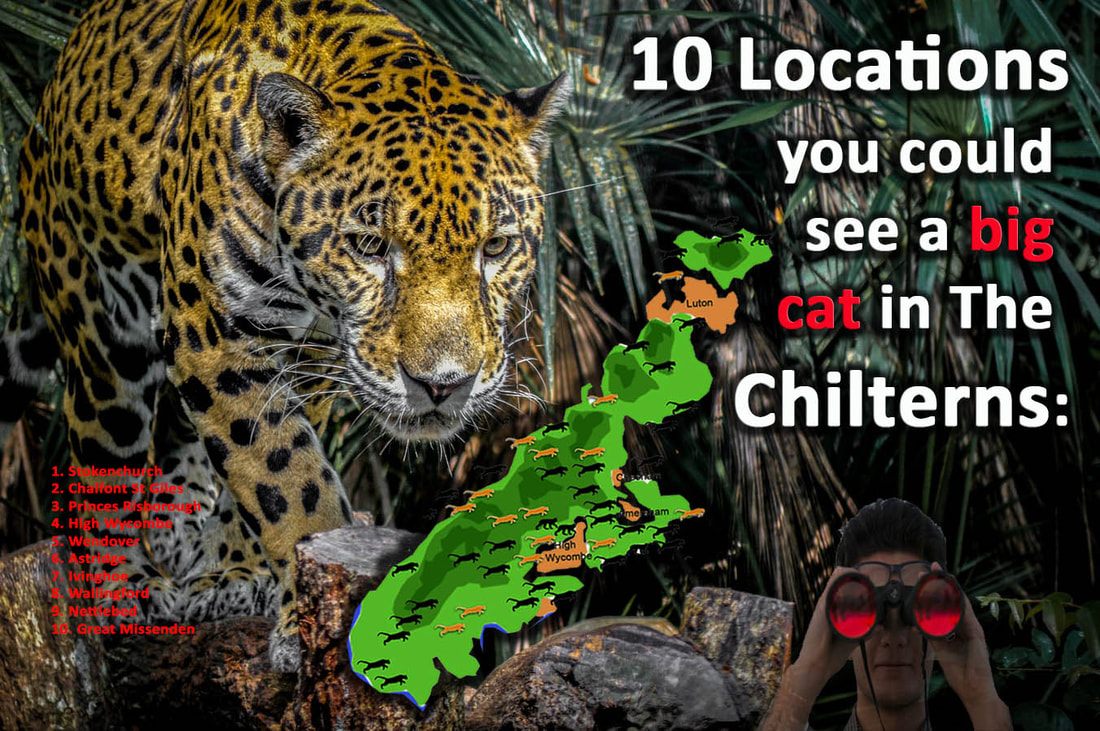
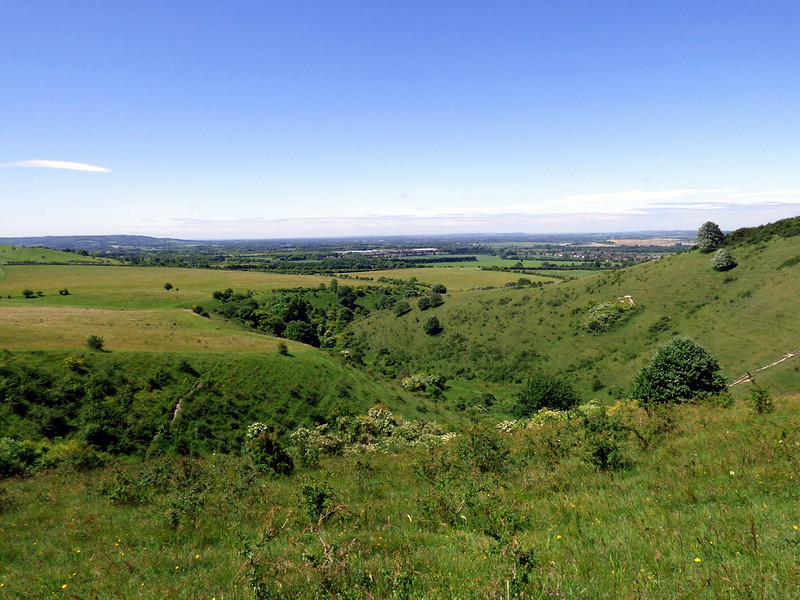
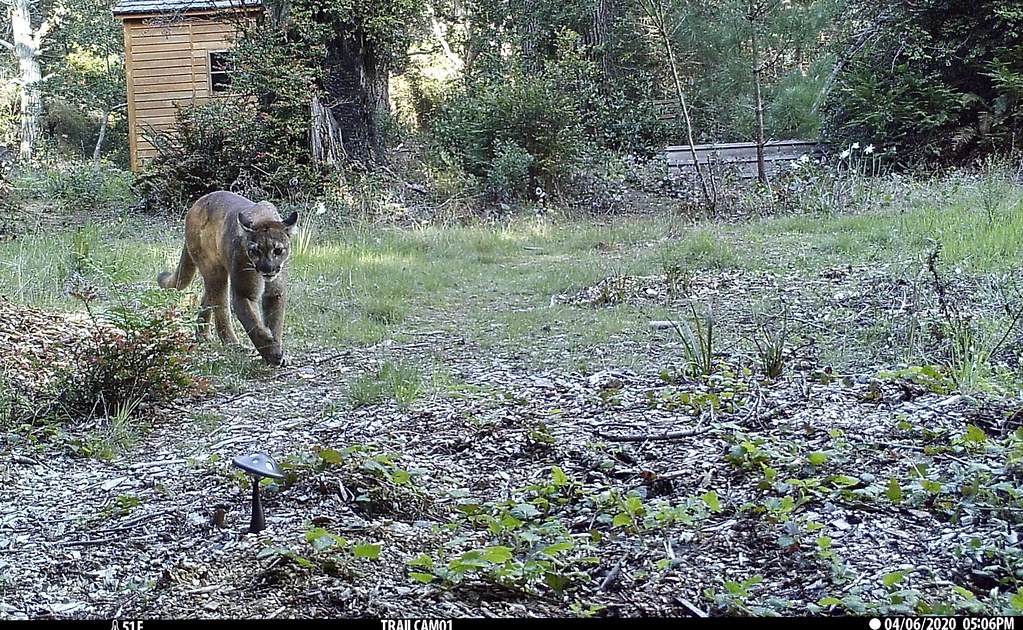
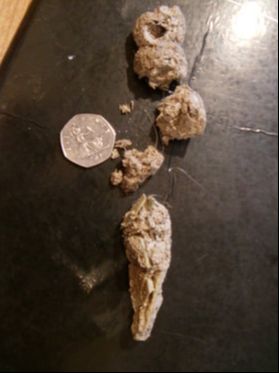
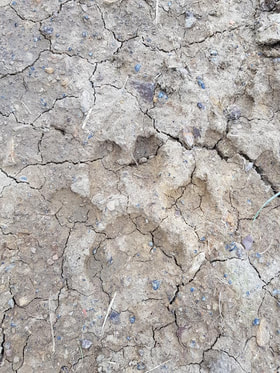
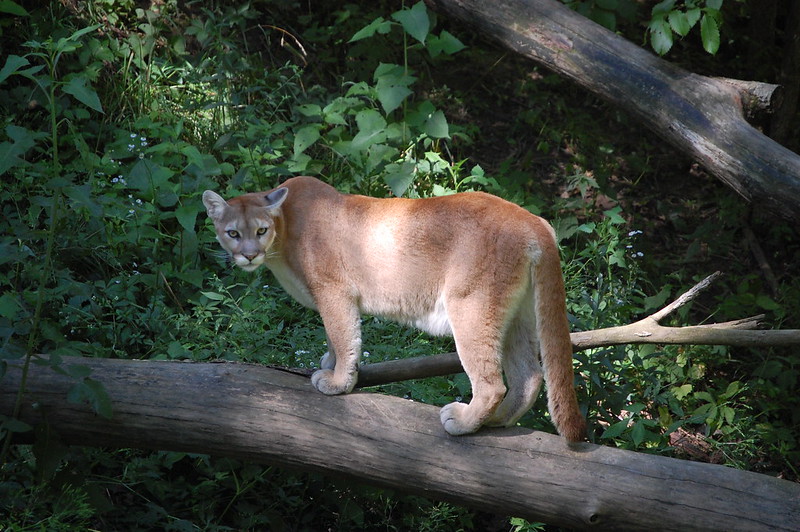
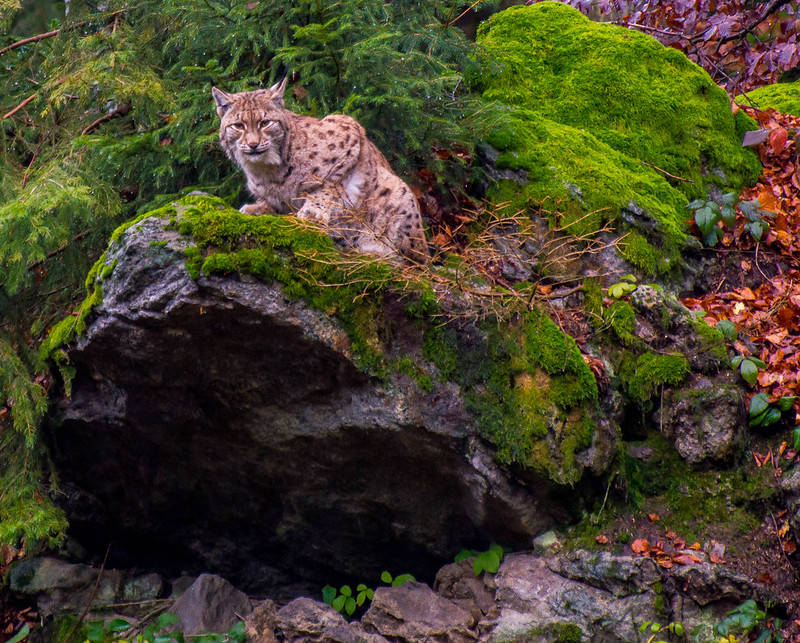
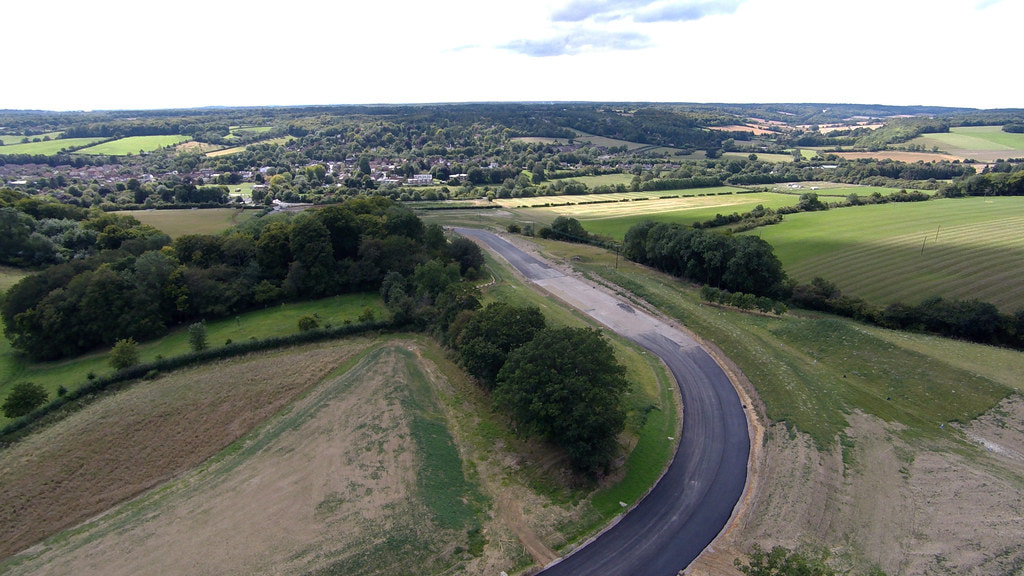
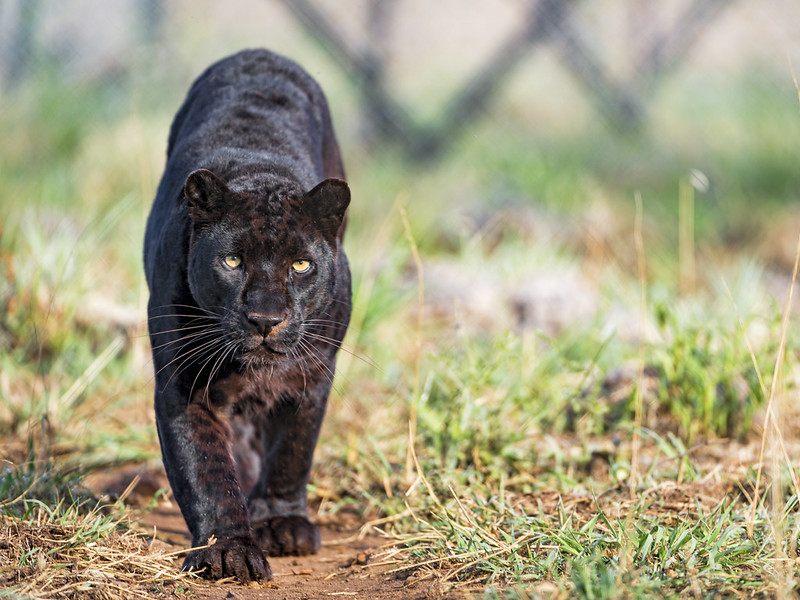
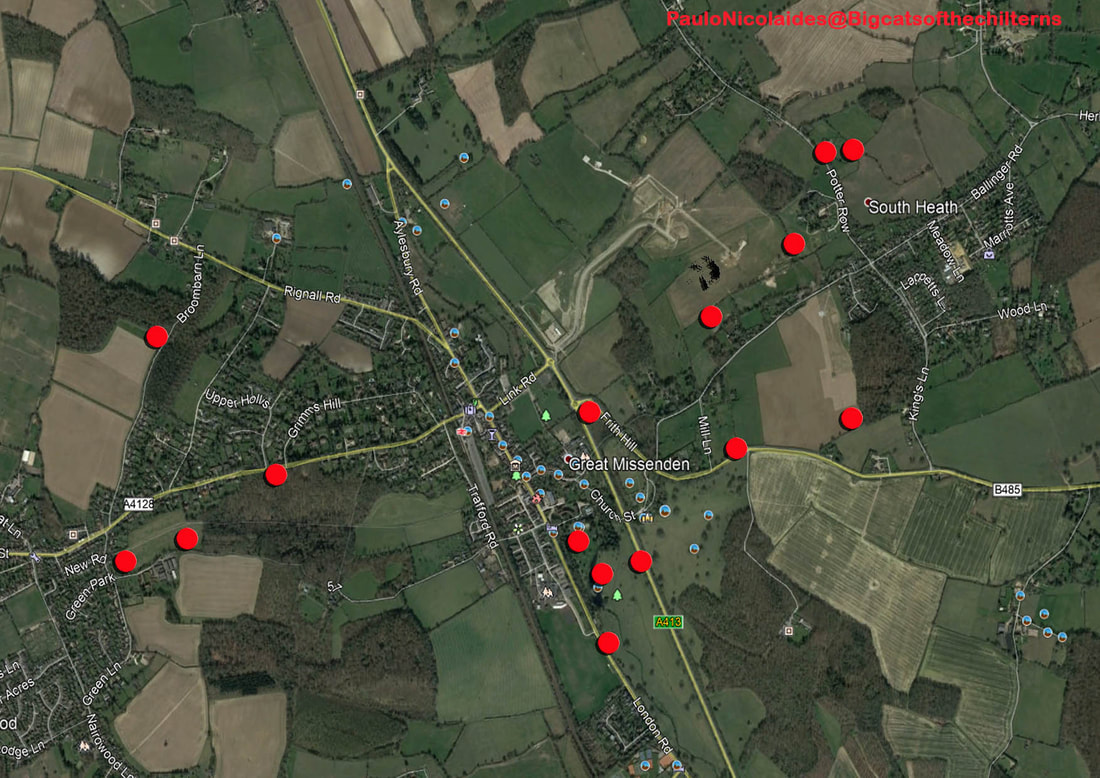
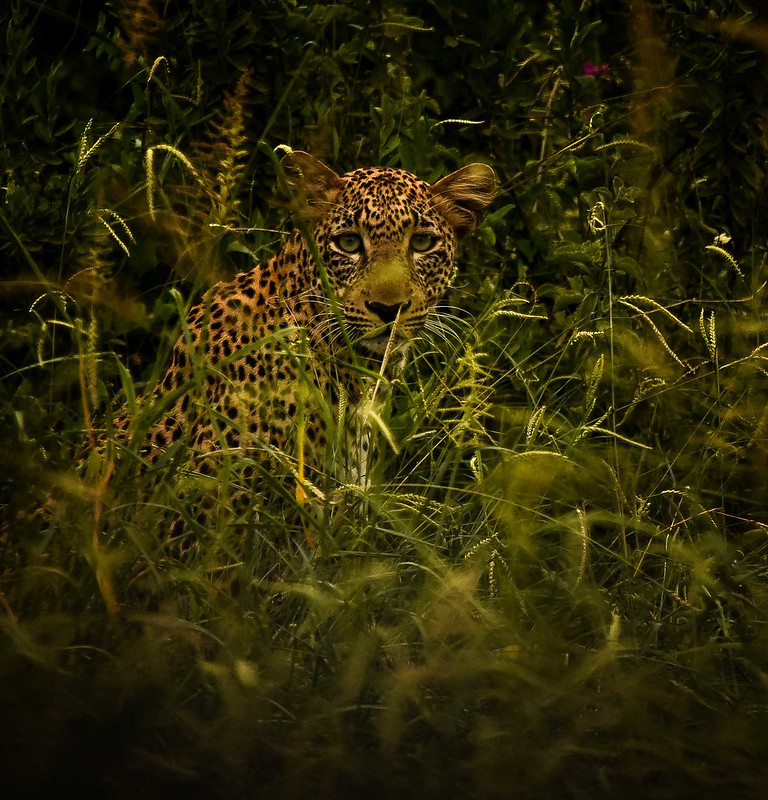
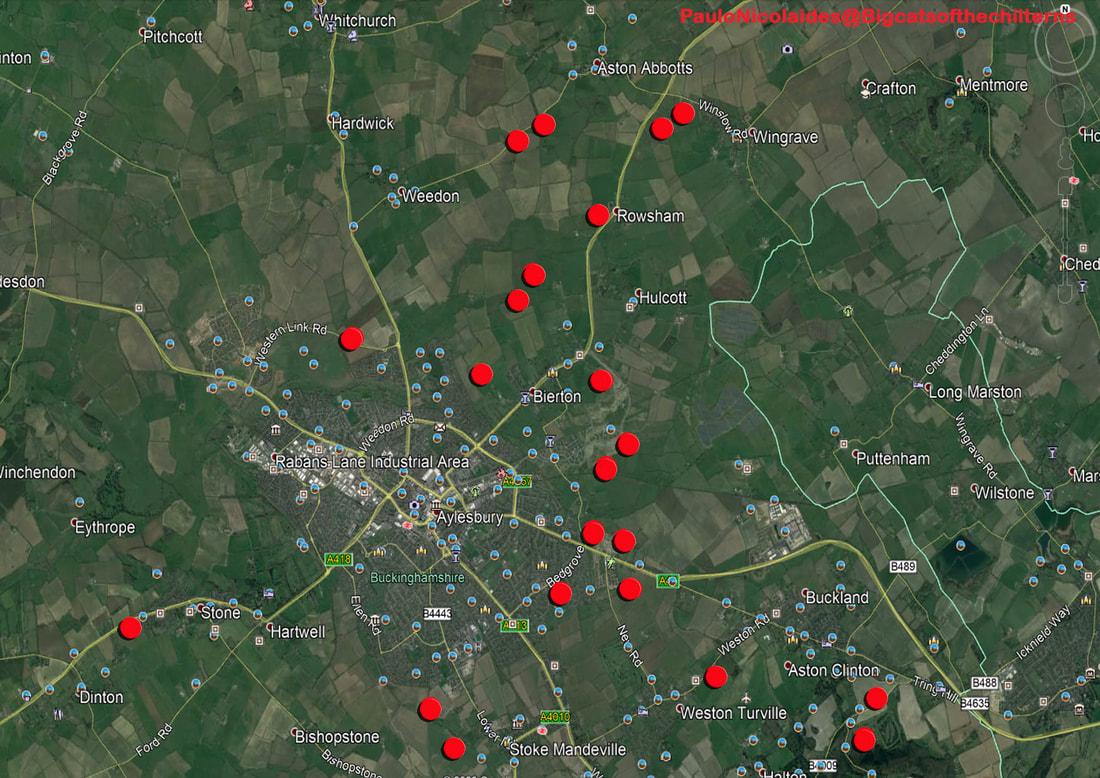
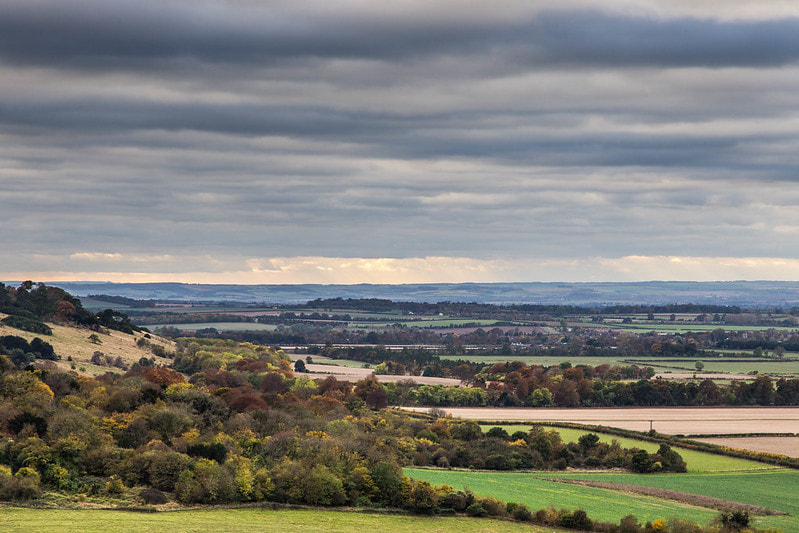
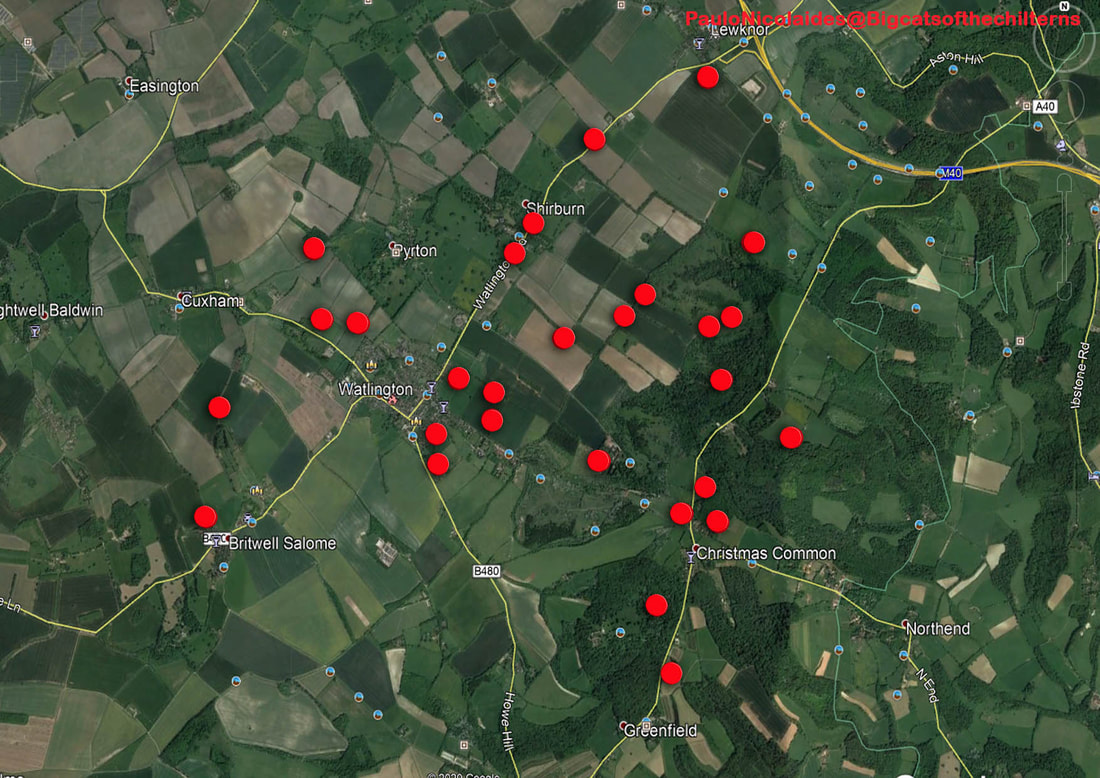
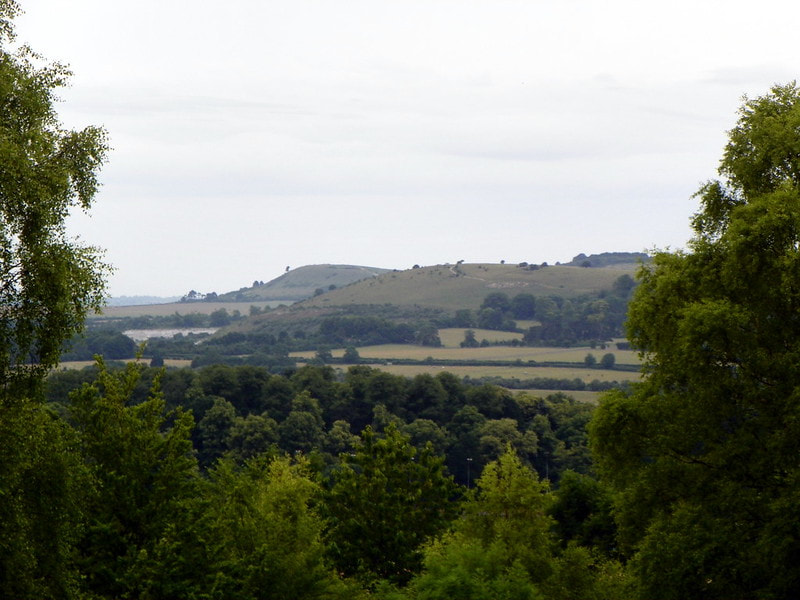
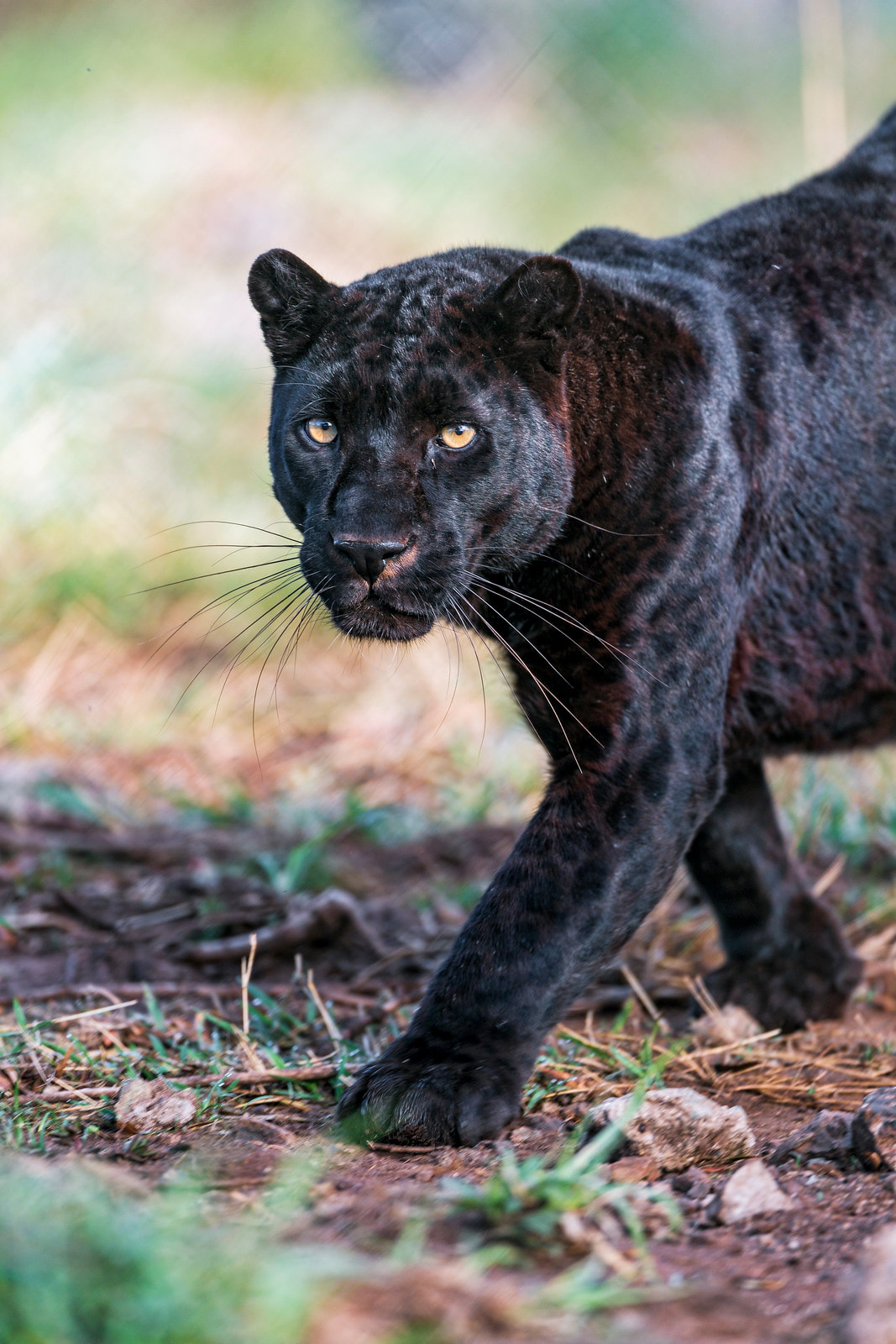
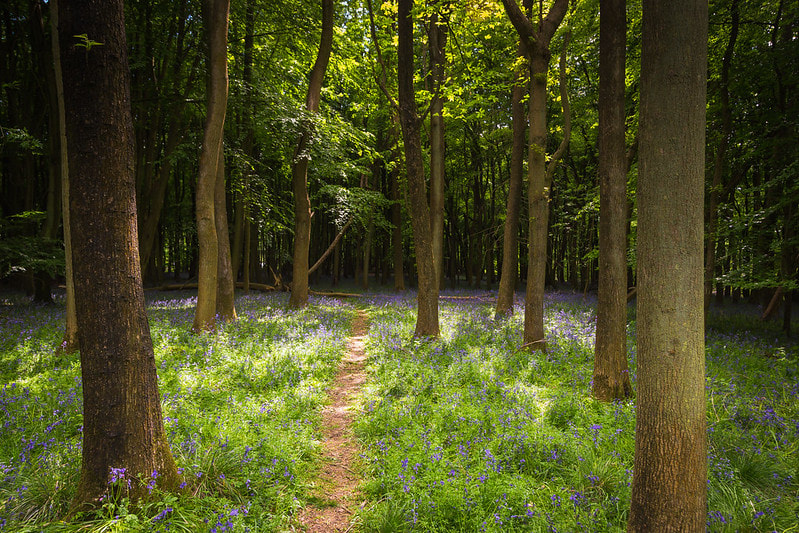
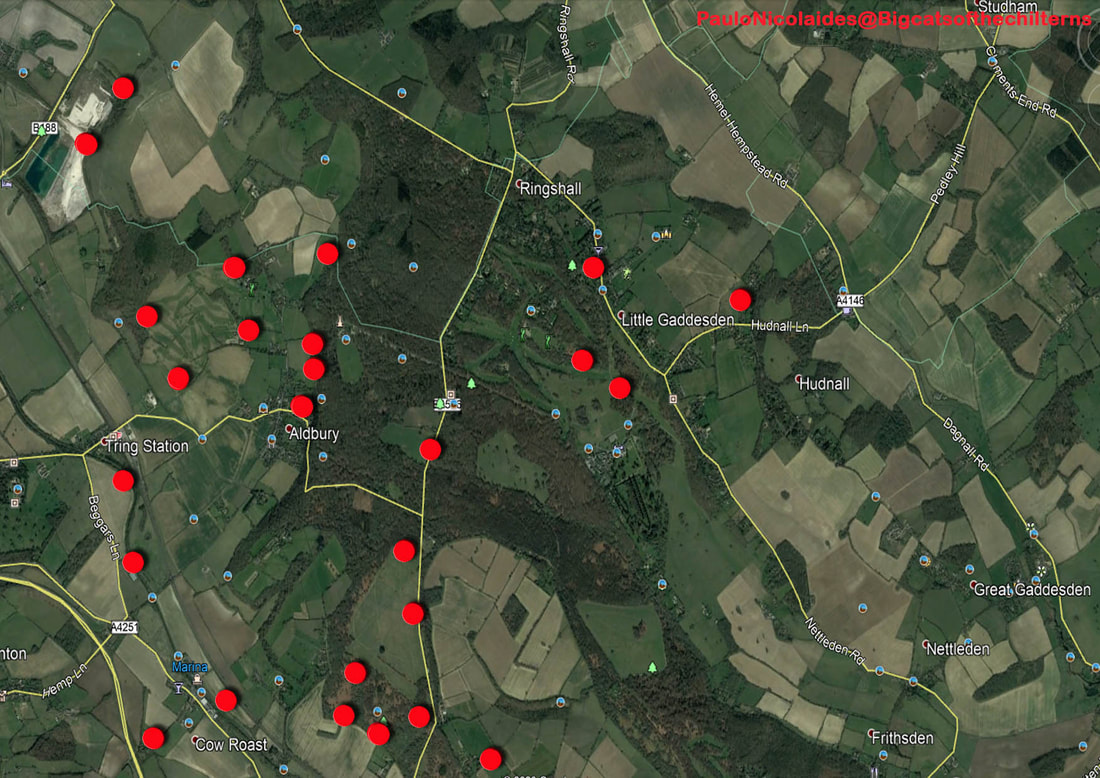
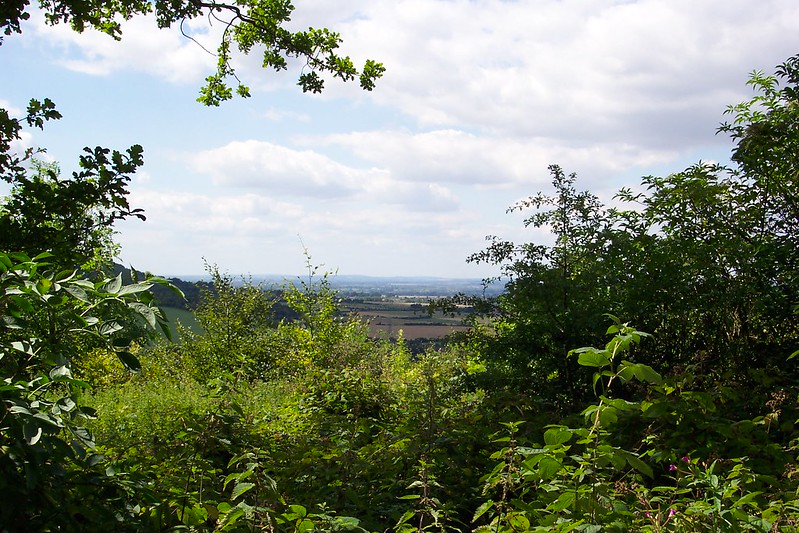
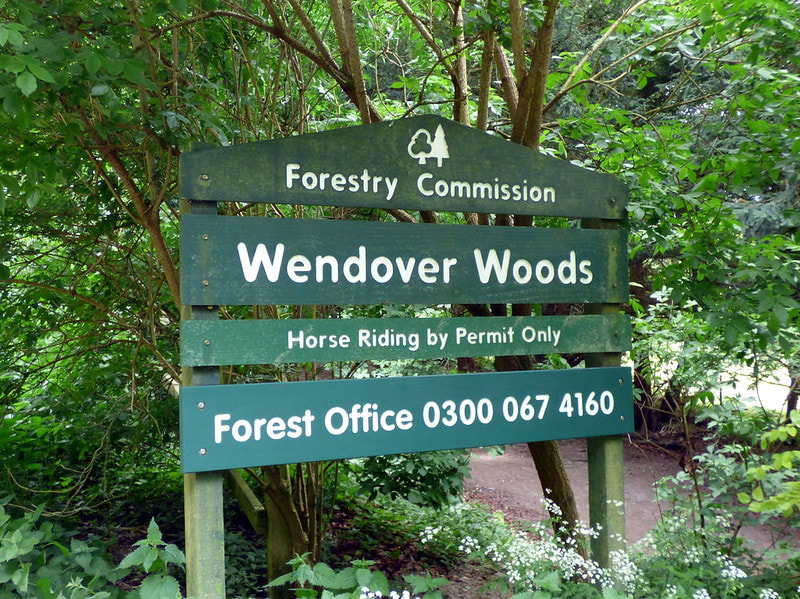
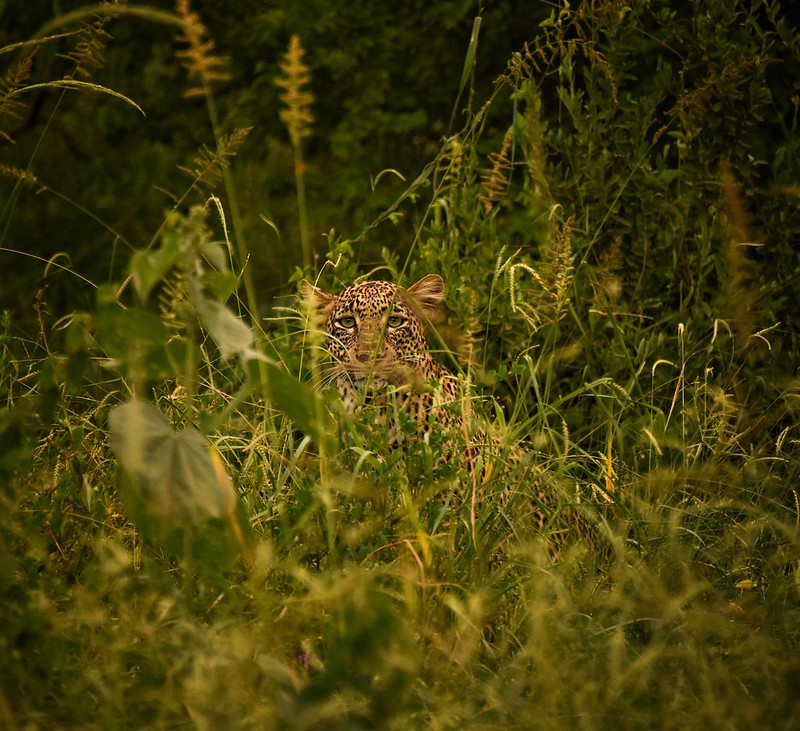
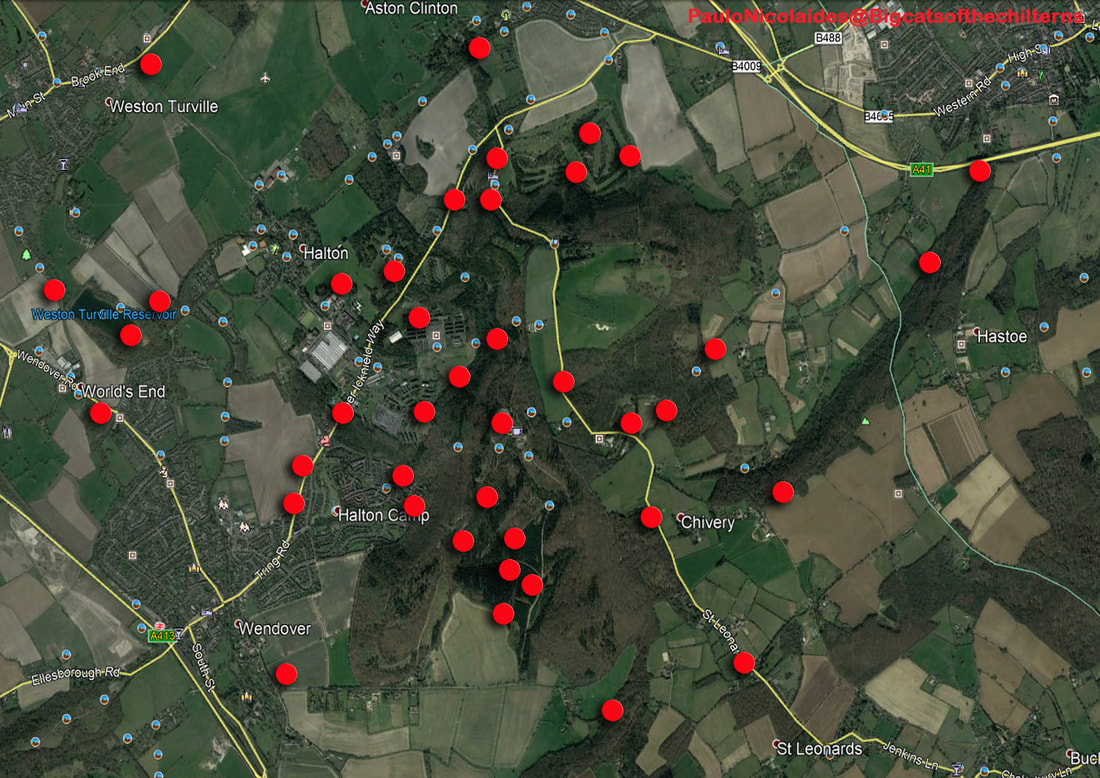
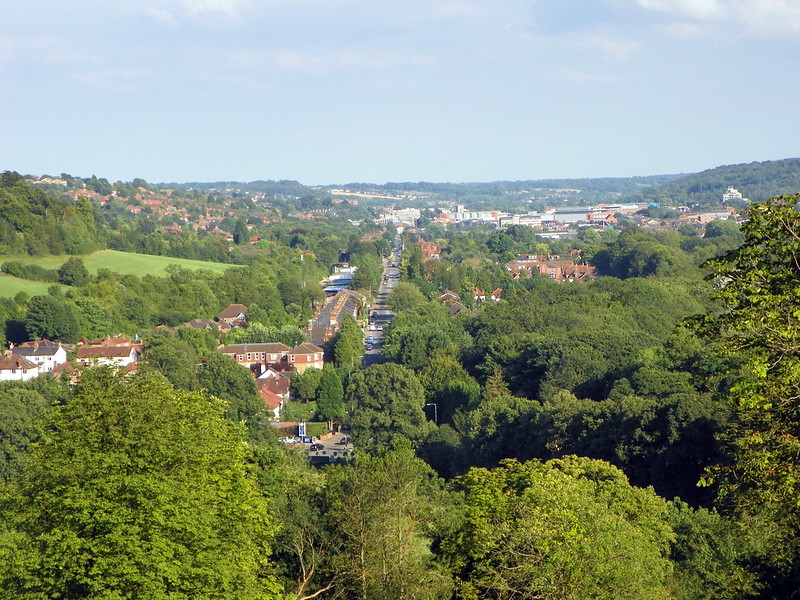
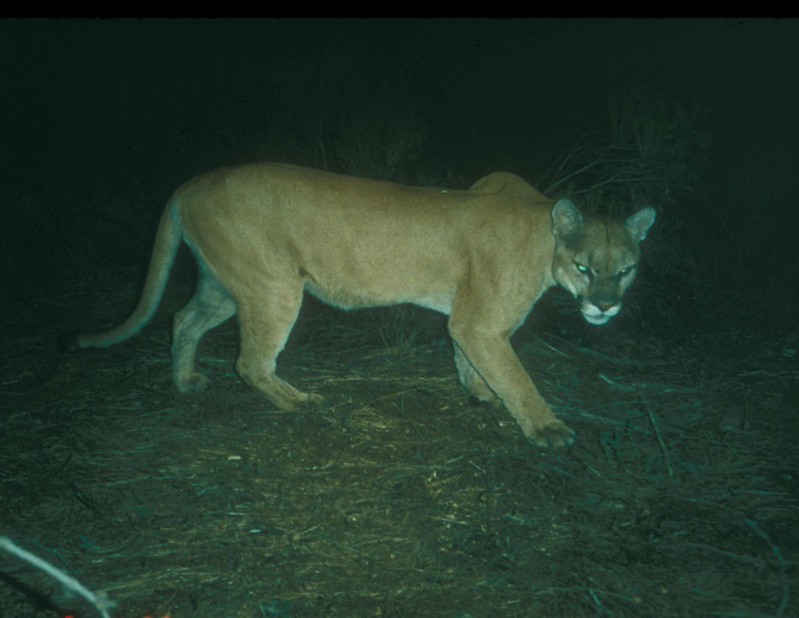
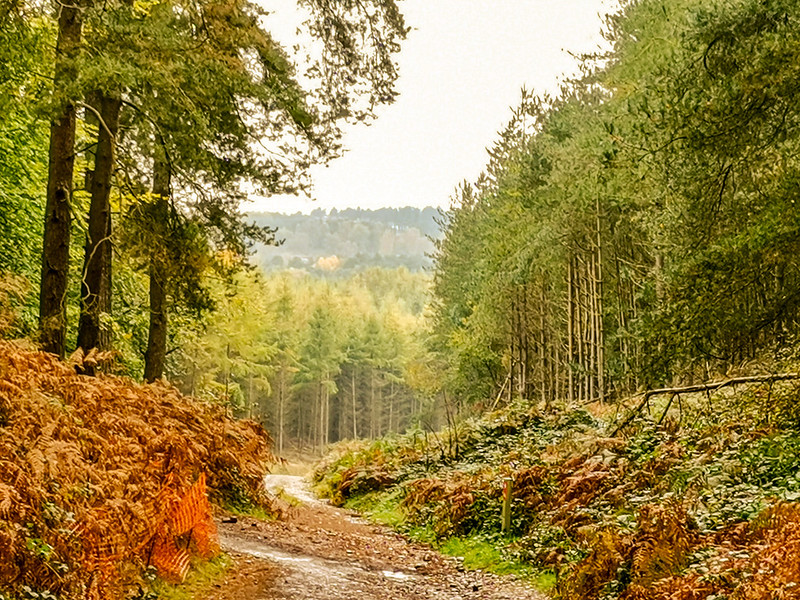
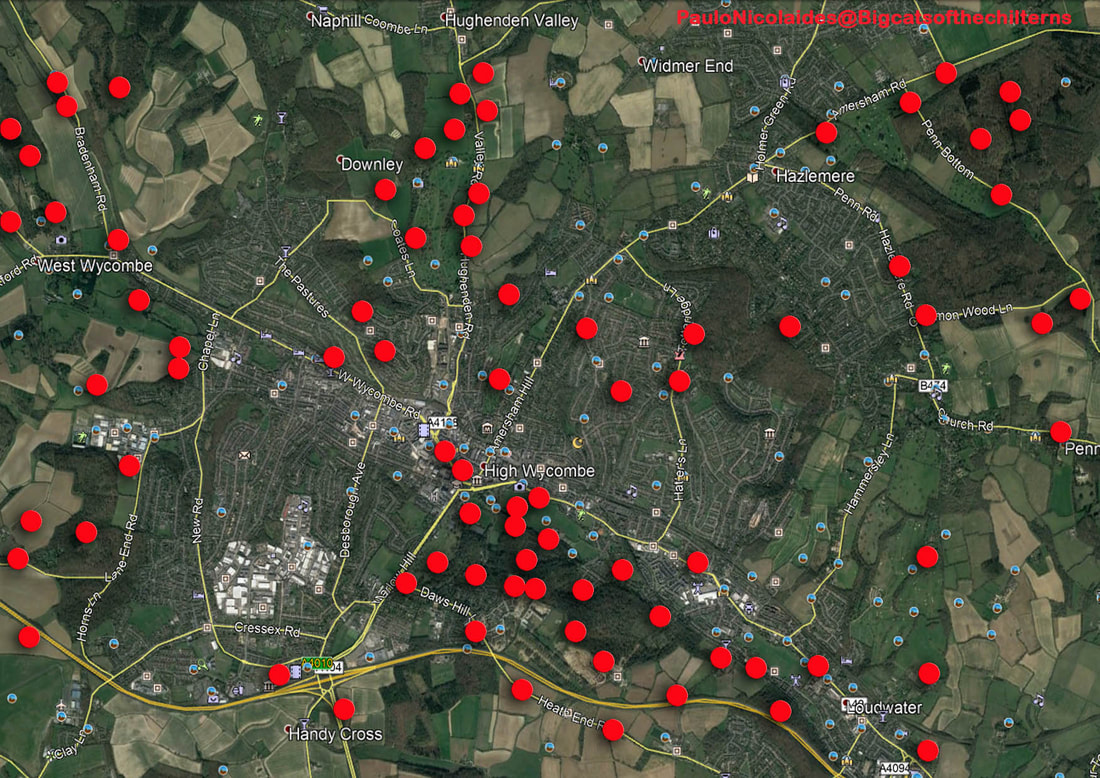
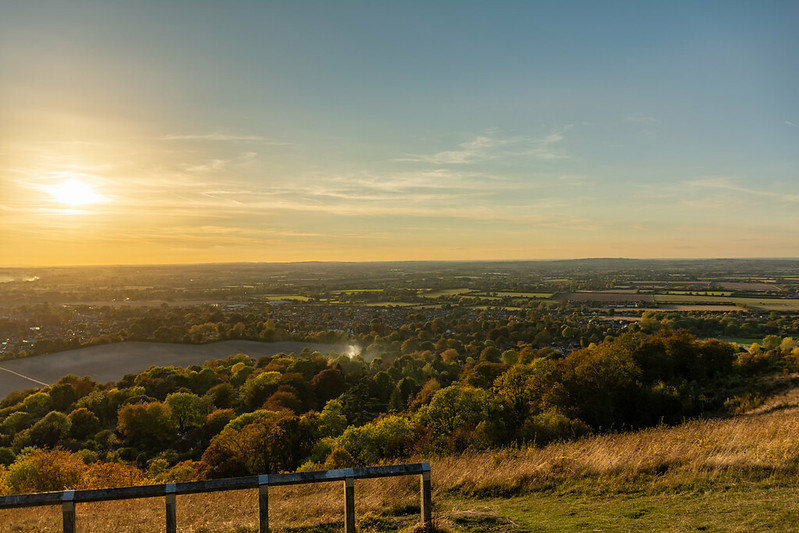
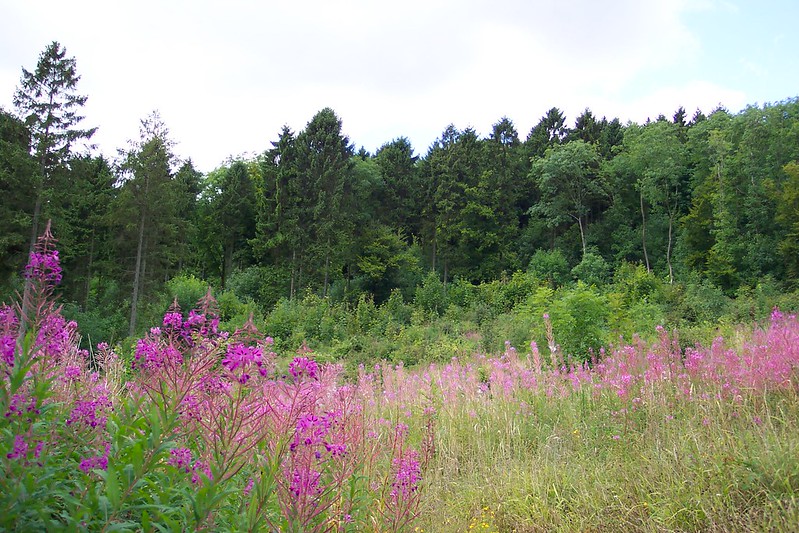
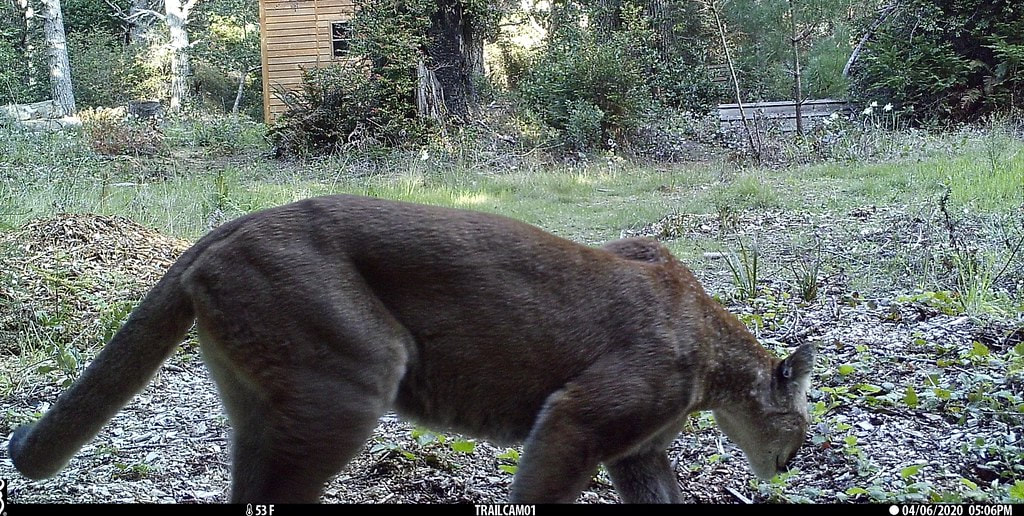
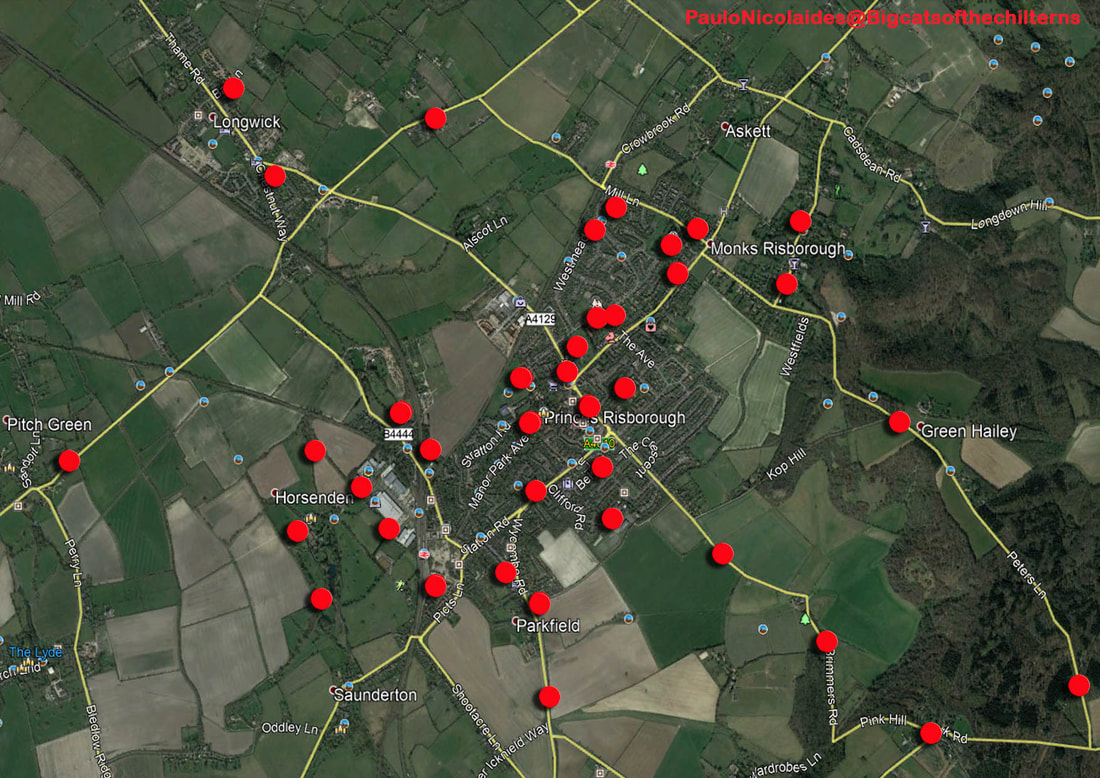
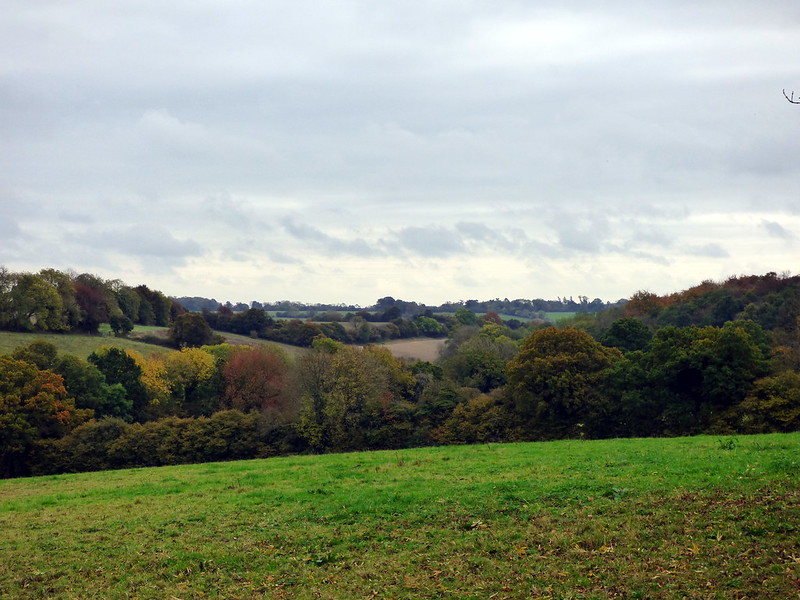
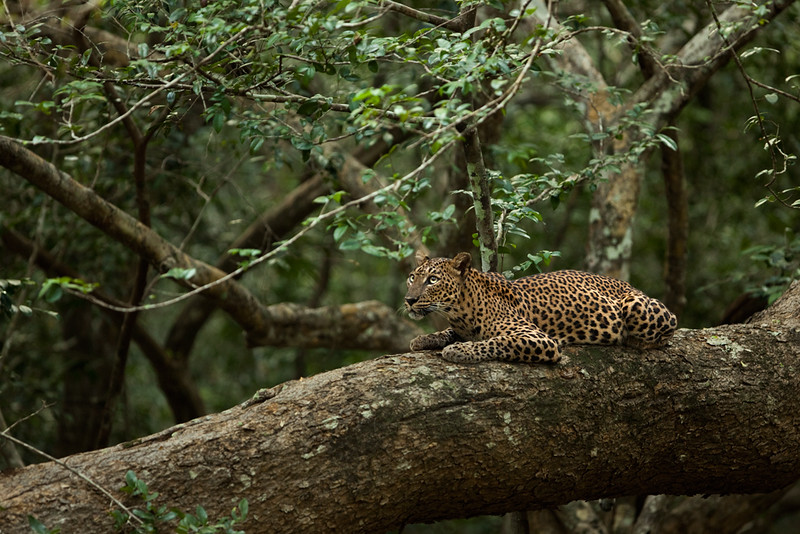
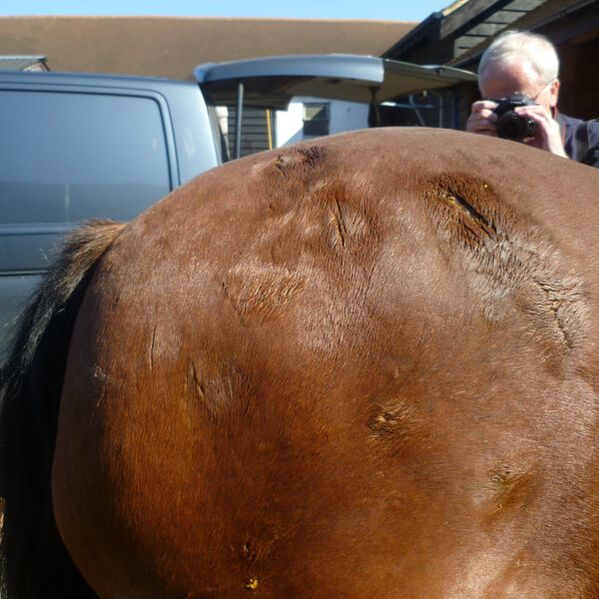
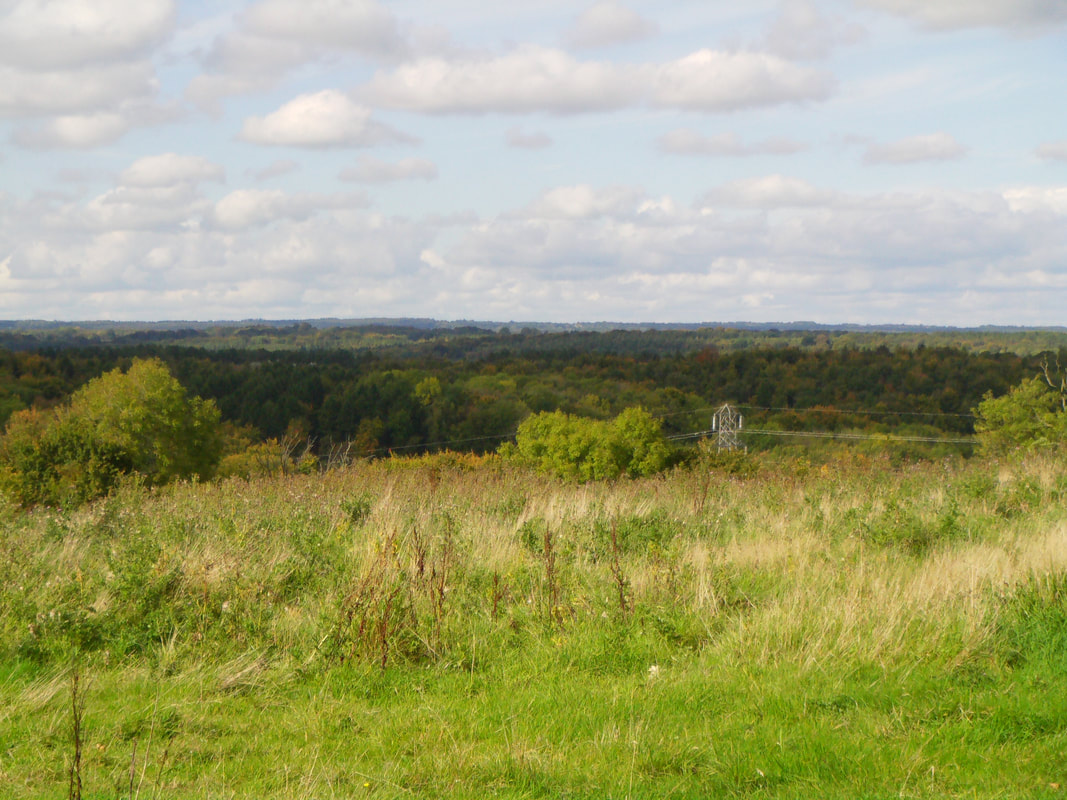
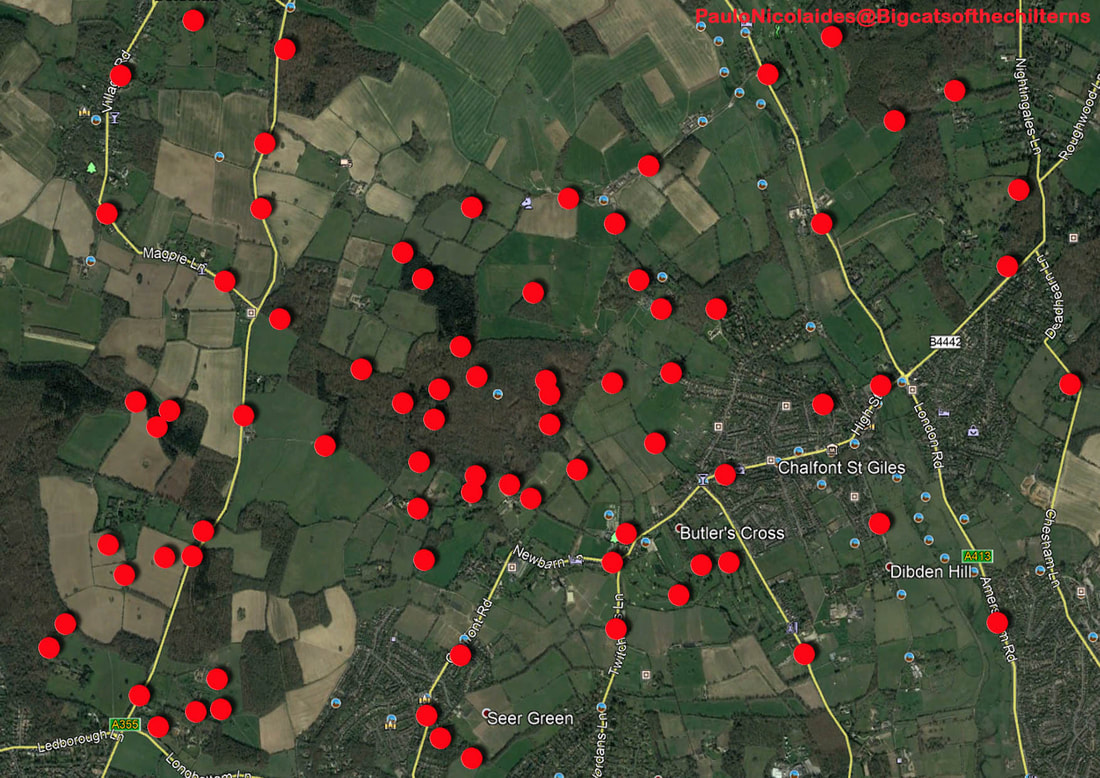
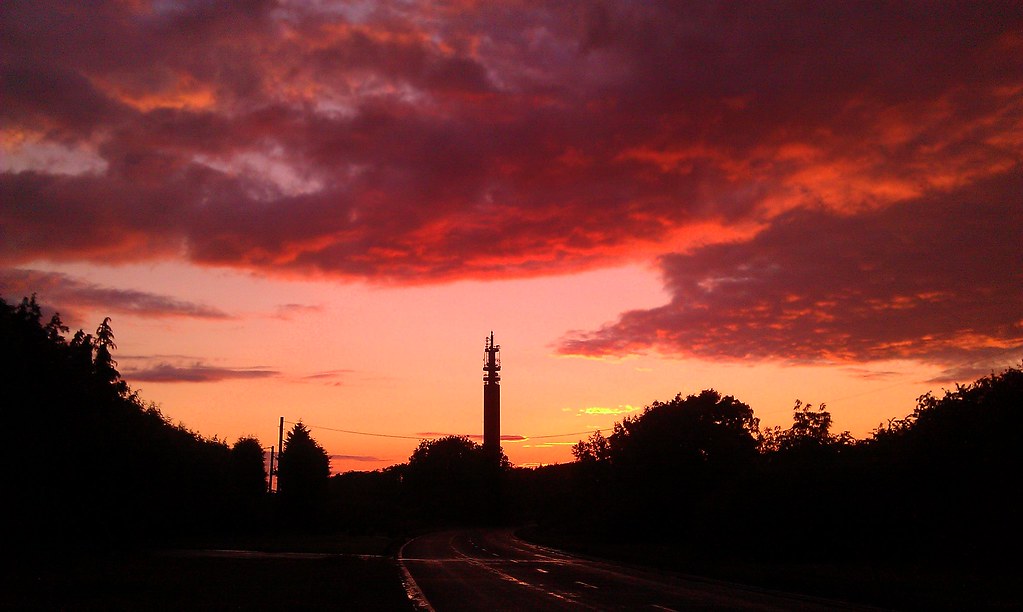
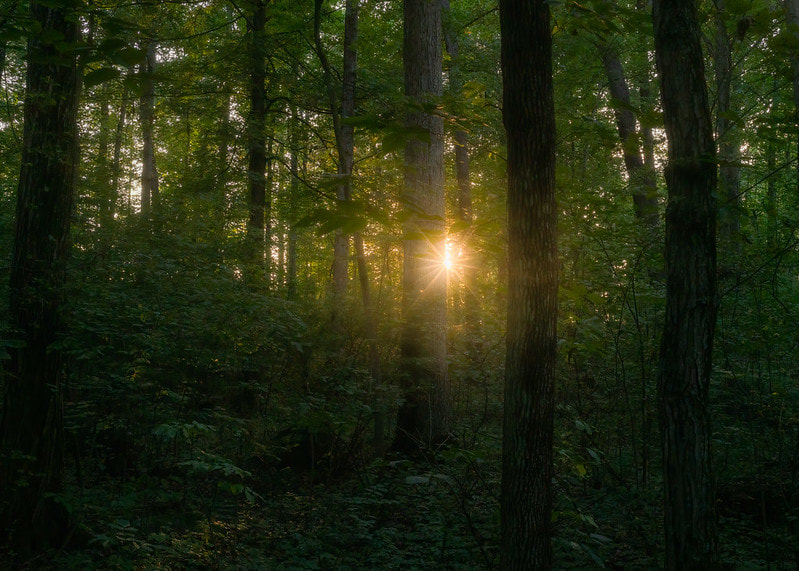
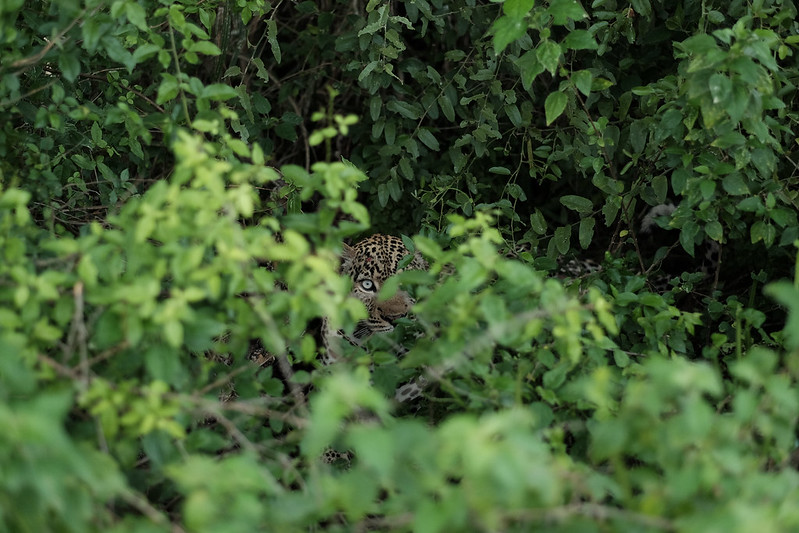

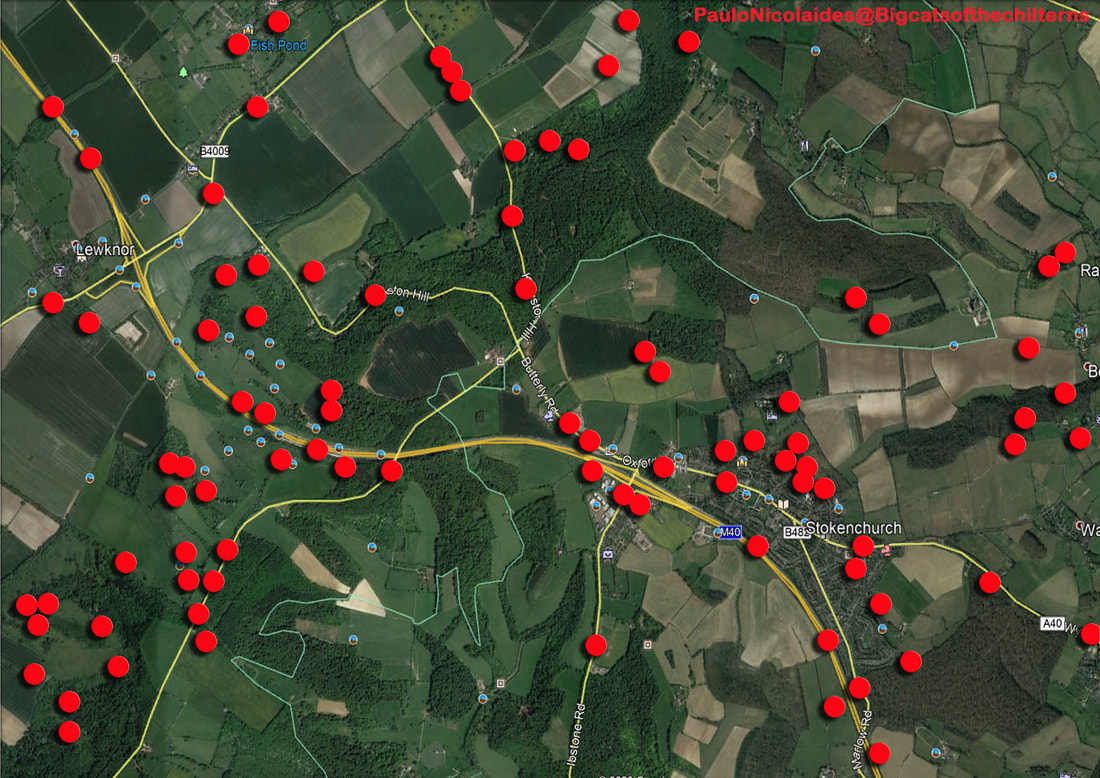
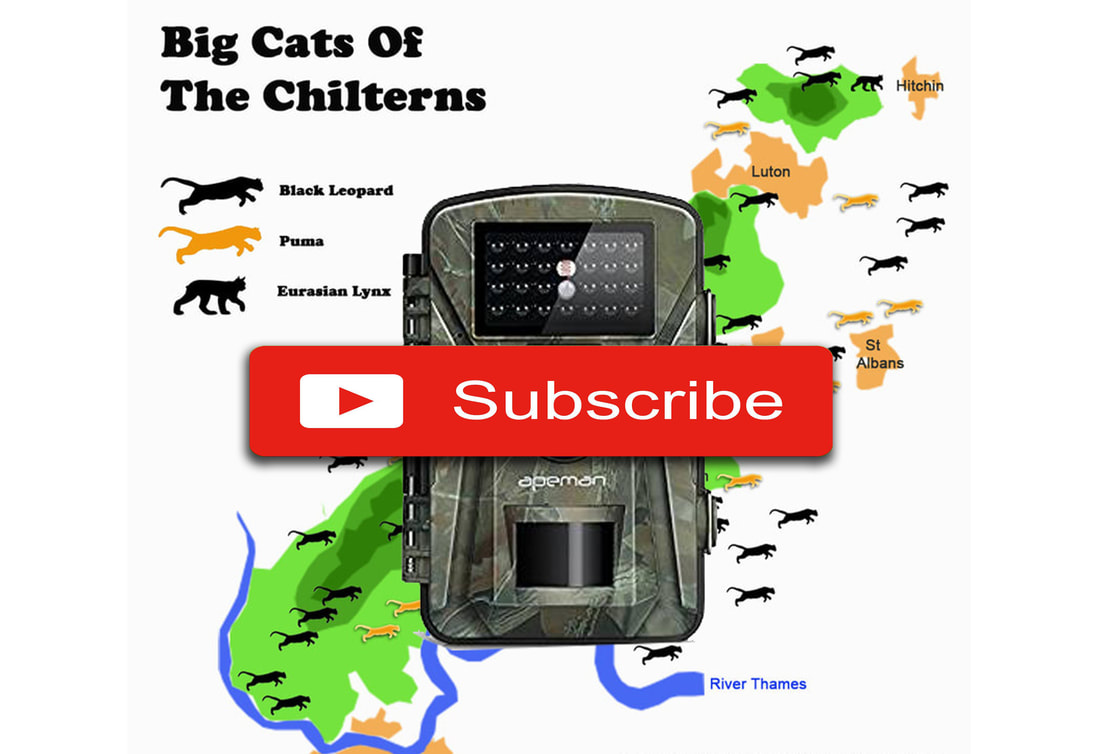



 RSS Feed
RSS Feed
